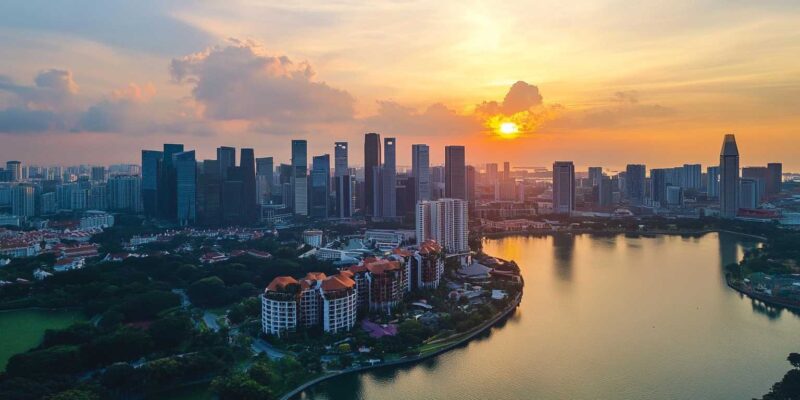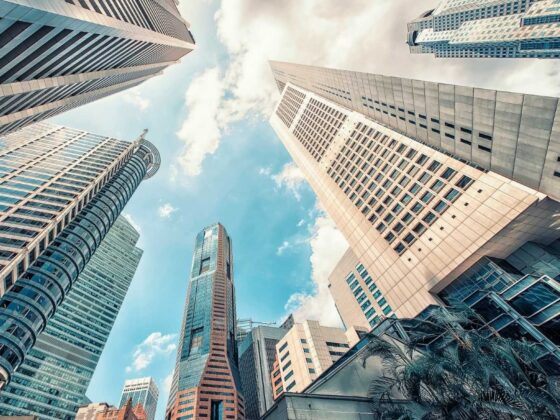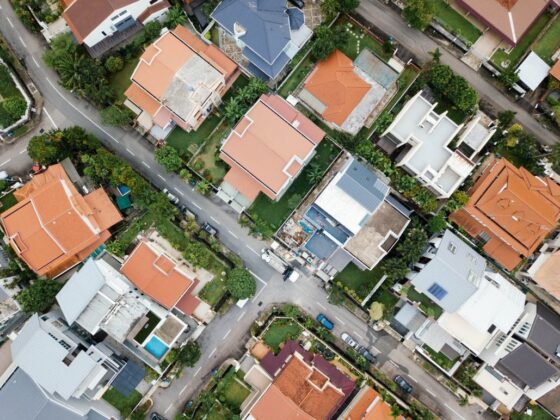Lifestyle amenities have become essential in shaping property demand in Singapore’s real estate market. Modern buyers look beyond location and price—they seek comfort, convenience, and a sense of community. Developers now prioritize amenities that align with evolving lifestyles and enhance long-term property value.
1. Modern Amenities as Value Enhancers

River Modern illustrates how lifestyle amenities influence buyer attraction and market performance. Facilities such as swimming pools, gyms, and co-working spaces create a complete living environment. These features turn properties into lifestyle hubs rather than just residential spaces.
Today’s homeowners value wellness and leisure more than ever. Projects offering yoga decks, wellness gardens, and social lounges attract both young professionals and families. Such amenities encourage community interaction and elevate the overall living experience.
For developers, amenities are also marketing tools that differentiate projects in a competitive market. A well-designed clubhouse or rooftop garden can be the deciding factor that convinces buyers to commit.
2. How Amenities Shape Buyer Profiles and Preferences
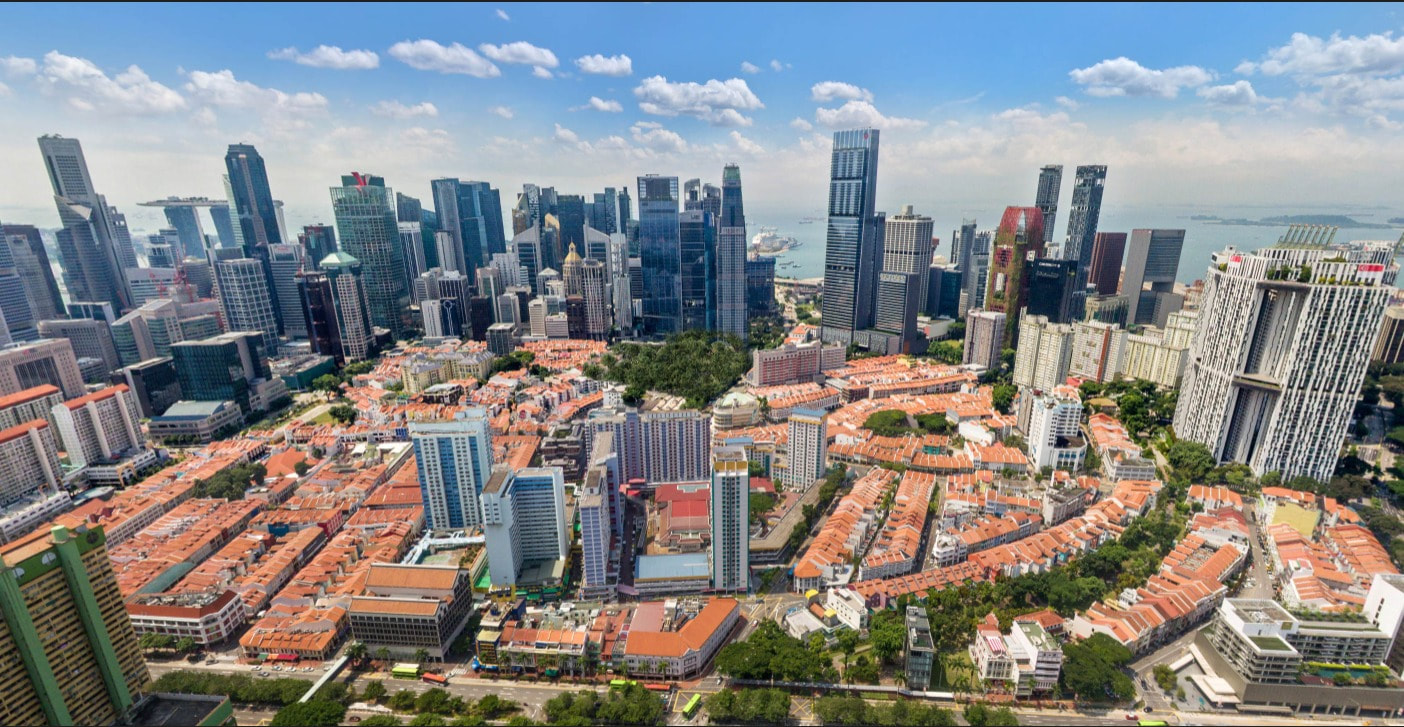
Different demographics prioritize different features. Young professionals prefer modern fitness centers, remote work facilities, and social lounges. Families, on the other hand, seek playgrounds, childcare centers, and proximity to schools.
Projects like River Modern cater to these diverse needs through integrated design. By offering a blend of recreational and functional spaces, developers create self-sustaining communities that meet the expectations of multiple buyer groups.
Buyers also see well-equipped properties as a reflection of status and comfort. The combination of practical and luxury features enhances desirability and supports long-term property appreciation.
3. Investment Perspective and Market Trends
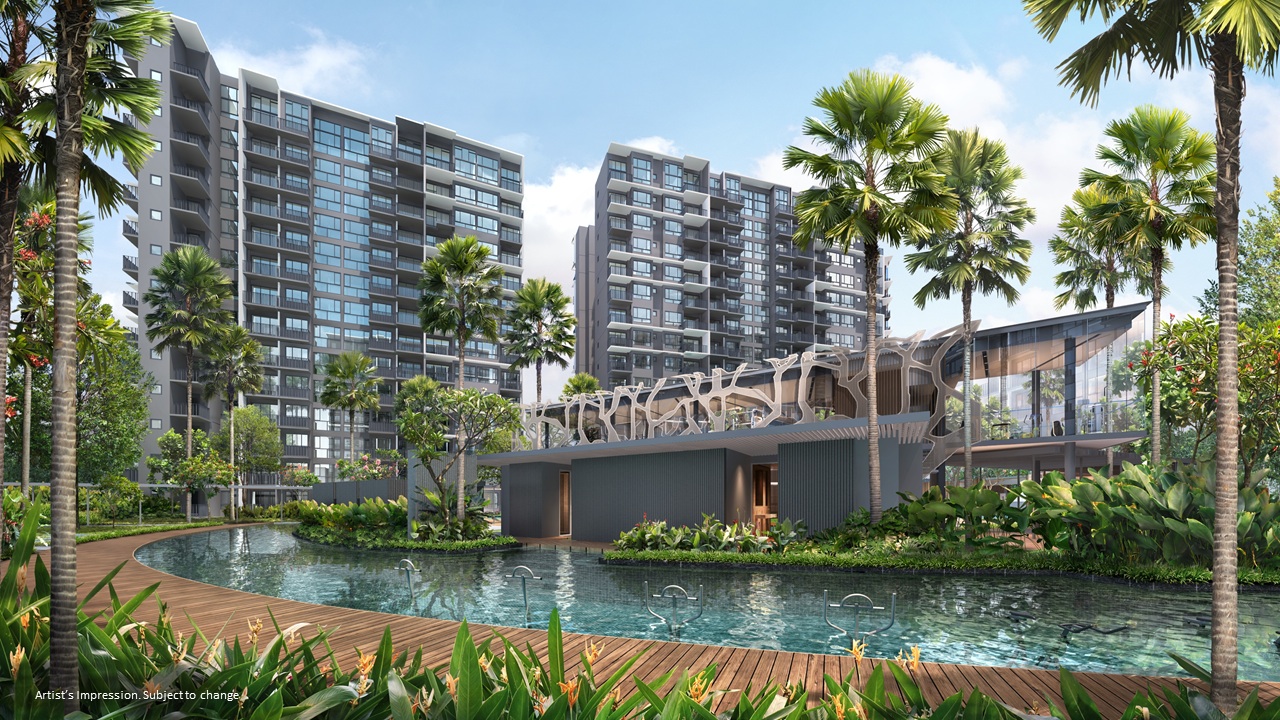
Properties with comprehensive amenities tend to achieve stronger rental yields and resale values. Tenants are willing to pay premiums for convenience and comfort, especially when such facilities are well-maintained. For investors, these attributes ensure stable income and sustained demand.
Singapore’s market is also evolving toward sustainability, where lifestyle features merge with green initiatives. Energy-efficient gyms, eco-friendly pools, and solar-lit communal areas are becoming more common. This not only reduces costs but aligns with the country’s green living goals.
Ultimately, developments that integrate lifestyle amenities effectively gain a competitive edge, attracting a broader pool of residents and investors alike.
Conclusion
Lifestyle amenities have become central to modern property value in Singapore. They enrich daily living, strengthen community ties, and boost long-term returns.
Developments like River Modern demonstrate how thoughtful amenities transform residential living into an experience of comfort and luxury. As expectations evolve, the presence of lifestyle features will remain a key driver of real estate demand and investment success.
